Tibet, often referred to as the “Roof of the World,” is a region known for its breathtaking landscapes, ancient culture, and spiritual significance. Among its many wonders, Lhasa and Everest Base Camp stand out as iconic destinations that beckon adventurers and spiritual seekers alike. In this blog, we embark on a journey to discover the charm of Lhasa and the awe-inspiring heights of Everest Base Camp in Tibet.
Lhasa: The Heart of Tibet’s Spirituality and Culture Our adventure begins in Lhasa, the capital city of the Tibet Autonomous Region. Nestled in the Himalayas, Lhasa is a city that pulsates with the energy of Tibetan Buddhism, rich history, and unique cultural traditions.
Potala Palace: Our first stop is the iconic Potala Palace, a UNESCO World Heritage Site and former winter residence of the Dalai Lama. This grand palace, perched atop Marpo Ri Hill, offers a captivating glimpse into Tibetan history, art, and spirituality. The intricate murals, golden stupas, and sacred chapels create an atmosphere of profound reverence.
Jokhang Temple: Next, we visit the Jokhang Temple, considered the holiest shrine in Tibet. This 7th-century temple is a testament to Tibetan craftsmanship, with its impressive architectural details and the sacred Jowo Shakyamuni statue. Pilgrims from all corners of Tibet converge here to offer prayers and seek spiritual solace.
Barkhor Street: Our journey through Lhasa wouldn’t be complete without strolling down Barkhor Street. This bustling market encircles the Jokhang Temple and is lined with traditional Tibetan shops, where you can immerse yourself in the vibrant local culture. Don’t forget to try some yak butter tea and shop for colorful Tibetan artifacts.
Everest Base Camp Tibet: Reaching New Heights Leaving the spiritual heart of Tibet, we set our sights on the world’s highest peak—Mount Everest. The journey to Everest Base Camp in Tibet is an adventure that promises stunning vistas, challenging terrain, and an unparalleled sense of accomplishment.
Lhasa to Everest Base Camp: Embarking on a scenic drive from Lhasa, we traverse the Tibetan Plateau, passing through quaint villages and vast landscapes. The journey itself is a visual feast, offering glimpses of snow-capped peaks, pristine lakes, and nomadic yak herders.
Rongbuk Monastery: As we approach Everest Base Camp, we stop at Rongbuk Monastery, the highest monastery in the world. Perched at an altitude of over 16,000 feet, this ancient monastery offers panoramic views of Everest. The spiritual aura of Rongbuk, combined with the majestic backdrop, creates a surreal experience.
Everest Base Camp: Finally, we arrive at Everest Base Camp, situated at an elevation of 17,600 feet. The air may be thin, but the sense of achievement is overwhelming. Standing in the shadow of the world’s highest peak, surrounded by the stark beauty of the Himalayas, is an experience that words can scarcely capture.
Is this Lhasa & Everest Basecamp Tibet dangerous?
Trekking to Everest Base Camp in Tibet is undoubtedly a challenging adventure that comes with certain risks and difficulties. It’s essential for travelers to be aware of the potential dangers and take necessary precautions. Here are some aspects to consider regarding the potential risks associated with the trek:
- Altitude Sickness:
One of the primary concerns is altitude sickness, which can occur at high elevations. Symptoms may include headaches, nausea, dizziness, and difficulty breathing. It’s crucial to acclimatize properly by taking rest days, staying hydrated, and ascending gradually. - Harsh Weather Conditions:
The weather in the Himalayas can be unpredictable and severe. Cold temperatures, high winds, and sudden changes in weather can pose risks, especially at higher altitudes. Proper clothing and gear are essential to stay warm and protected. - Challenging Terrain:
The trek involves navigating through challenging terrains, including rocky paths, steep ascents, and uneven surfaces. Proper footwear and trekking poles can help mitigate the risk of slips and falls. - Remote Location:
Everest Base Camp is located in a remote area with limited access to medical facilities. In case of emergencies, evacuation can be difficult. Travelers should have comprehensive travel insurance that covers high-altitude trekking and evacuation. - Physical Fitness:
The trek requires a good level of physical fitness. Trekkers should be prepared for long hours of walking at high altitudes. Training before the trek can enhance endurance and reduce the risk of fatigue. - Permit and Regulations:
It’s essential to obtain the necessary permits for the trek. Additionally, travelers should be aware of and adhere to local regulations and guidelines to ensure their safety and the preservation of the environment. - Risk of Avalanches:
In certain seasons, there may be a risk of avalanches, particularly in the higher regions. Trekkers should stay informed about weather conditions and follow the guidance of experienced guides.
To minimize these risks, it’s advisable to undertake the trek with a reputable trekking agency that provides experienced guides, follows safety protocols, and has a track record of managing treks in the region. Adequate preparation, proper gear, and a realistic assessment of one’s physical condition are crucial for a safe and enjoyable trek to Everest Base Camp in Tibet.
Included and Excluded
- Tibet Travel Permit and all required local travel documents for this tour (excluding expedited processing
- fees);
- Local tour transfers, 5-29 seats comfortable tourist vehicle according to the group size;
- All entrance ticket fees and eco bus for all tourist sites listed in the itinerary;
- Meals listed in the itinerary;
- Knowledgeable English-speaking Tibetan local tour guide shared in your group (For prices of tour guides
- in other languages, please inquire);
- All hotels listed in the itinerary or equivalent three-star hotels. Upgrades are available for an additional
- fee. (Single room supplement required when not sharing the room);
- Free shuttle between Lhasa Railway Station and the downtown hotel according to your arrival/departure
- time.
- Service Charge & Government Taxes;
- Arrangements including planning, handling, operational, and communication charges;
- Tourist accident/casualty insurance;
- Additional services include fine Tibetan souvenirs, a tourist map, portable oxygen, medical oxygen in the
- vehicle, bottled mineral water, and more.
- China Visa (If you need visa assistance services, especially for Chinese Group Visa from Nepal to Tibet,
- feel free to contact us for more details.);
- Some Meal expenses not included in the Tour (the guide will assist in arranging and recommending
- meals; you are responsible for the cost)
- The cost for Jeep transfer from the Nepal border crossing to Kathmandu is $60 per person
- Domestic flight/train to and out of Lhasa (If you need us to book the domestic flight/train tickets, please
- contact us for the details.);
- Single Room Supplement: Hotels default to double occupancy with twin-bedded rooms. If you prefer a
- single room or room sharing isn't possible, a single room supplement is necessary. Please consult the
- travel consultant for specific pricing details.
Highlights of the Tour
- When you travel with a guide who passionately loves his ethnic history and the landscapes,
- immersing you in the traditional life of Tibet, you will see Tibet through his eyes.
- In Lhasa, we join you to ascend the majestic Potala Palace, explore its treasures, and listen to
- the guide narrate the stories of past Dalai Lamas.
- On the way to the remote Everest Base Camp, we take you to the beautiful home of a Tibetan
- family near the stunning Yamdrok Lake, including lunch with them. You can relax by the lake and
- stroll freely with their herds of sheep.
- In the Himalayan region, you not only appreciate the grandeur of Everest from four viewpoints on its
- north side but also witness more majestic snow peaks of the Himalayan range from the southern
- foothills, completing a feast of Himalayan snow peaks.
- We also offer assistance with obtaining Nepal entry visas and a convenient shuttle service from the
- Nepal border to Kathmandu, ensuring your easy and safe arrival in Kathmandu (Optional).
- We care your health when you are travelling in high altitude, We equip the vehicle with medical
- oxygen cylinders which ensuring a supply of oxygen for several hours. We have specifically
- supplemented your coverage with high-altitude sickness as well. Follow us to have a safe travel in Tibet.
- Throughout your journey, we will arrange comfortable and cozy hotels each day, many of which are
- locally owned and operated by Tibetans with rich ethnic charm. We ensure that your money goes to
- local Tibetan business , benefiting the local community.
Itinerary
Welcome to Lhasa (3650m)! We are going to start your amazing journey to Mt.Kailash When you arrive in Lhasa, whether by train or flight, our friendly Tibetan guide will greet you with a Hada (the traditional Tibetan ceremonial scarf) and warm blessings. Then, the guide and the driver will take you to your hotel in downtown Lhasa. You may view the Yarlung Tsangpo River/Brahmaputra River (the Longest and largest river in Tibet) and Lhasa River. After settling into your hotel, take some time to rest and adjust to the high altitude.In the afternoon or evening, your guide will meet you with traditional Tibetan gifts, provide travel instructions, and introduce your group members.Stay overnight in Lhasa.
Today is Tibetan Monastery Day! You’ll have a full day to explore the largest monastery in Tibet, delve into the knowledge of Tibetan Buddhism, and immerse yourself in the daily life of Tibetan monks. In the morning, you’ll explore the largest monastery in Tibet - Drepung Monastery, which was once the home to over 10,000 monks. As you walk through the Coqen Hall, your guide will provide detailed explanations of the worldview of Tibetan Buddhism and introduce notable figures in Tibetan Buddhist history. Next, you’ll visit the renowned Loseling College (or an equivalent), offering a glimpse into the study and life of Tibetan monks. Explore their dormitories to gain insights into the Tibetan monks' daily routines and living conditions. In the afternoon, you’ll head to Sera Monastery, another of the ‘great three’ Gelug monasteries of Tibet, to witness the famous Tibetan Monks Debate (15:00 - 17:00, from Monday to Saturday). Your guide will intricately explain how Tibetan monks engage in these debates to acquire knowledge and advance in their academic degrees. After today’s tour, enjoy a welcome dinner with your group members.
Today’s Highlight is a visit to UNESCO World Heritage Sites Potala Palace and Jokhang Temple, providing a glimpse into the daily beliefs and lives of the people of Lhasa. After breakfast, your first stop is the Potala Palace, where you can enjoy a panoramic view of the Lhasa Old Town. Discover the lives and stories of the Dalai Lamas through history within the palace, and the extraordinary treasures it holds. The most valuable collections of Potala Palace are the gilded burial stupas of former Dalai Lamas and the meditation cave of the 33rd great king of Tibet. After touring the Potala Palace, you will visit Longwangtan Park at the foot of the Potala Palace. Here, you can appreciate the majestic Potala Palace from a different perspective and engage in local Tibetan folk activities. In the afternoon, you will head to the heart of Tibetan religion - the Jokhang Temple. Inside you can see the statue of Buddha Sakyamuni at the age of twelve. Outside, you can see pilgrims making prostrating in front of Jokhang Temple. Around the temple is Barkhor Street, where you can do kora (a religious circle of a building or mountain) with pilgrims and locals, and explore the old market.Next, follow your guide to one of the liveliest indoor Tibetan tea houses in Lhasa. Sip traditional Tibetan sweet tea alongside local Tibetans as your guide shares insights into Tibetan social dynamics and daily life.Stay overnight in Lhasa.
In the morning, start the overland journey from Lhasa to Shigatse, which includes visits to Tibet's most beautiful lake, glacier, and a charming Tibetan village at the shore of Yamdrotso Lake. First, drive over the Gampala pass (4790 m) to catch a glimpse of Yamdrok-tso (4400m). The Yamdrok Lake is surrounded by many snow-capped mountains and in the distance you can have spectacular views of Holy Mount Nyenchen Khangsar (7191m), the highest mountain near Lhasa. Continue to explore the lakeshore from various viewpoints, and at the end of the lake, you could visit a local family in the village and have lunch with the locals. Next, you will pass and enjoy the Korola Glacier on the roadside. It is the largest glacier in Tibet. As you see the ice tongue of the glacier climb the entire hillside, you will feel the magical power of nature.Then, continue your journey to Gyantse. On the way, you will stop at Simila Mountain Pass, where you can hang prayer flags to pray for world peace and the health of your family. After arriving in Gyantse, you can spend some time taking photos of the ancient city of Gyantse. From Gyantse to Shigatse, you will pass by green (in summer) and golden (in autumn) Tibetan barley fields and countless farms.Finally, we arrive in Shigatse, the second largest city in Tibet. After checking in to the hotel, you can take a good rest and prepare for the next day’s trip to Mount Everest. Stay overnight in Shigatse.
In Take the most use of your time todayto admire the stunning Himalayan mountain ranges! After breakfast, you will head directly to Mount Everest. First, you will pass Gyatsola Pass (5280m). At Gyatsola Pass viewpoint, you’ll catch your first glimpse of Mount Everest. Hidden behind the mountain range, the Everest resembles a budding lotus flower, a captivating sight along the roadside. Shortly after we enter Mount Everest National Nature Reserve, you will enjoy the panoramic view of the Himalayas at Gawula Pass (5198m). At this viewpoint, you will marvel at the majestic lineup of the five highest peaks in the Himalayas, including Everest at the forefront. This is your second glimpse of Everest. Then, we drive along the new zigzag road to Everest Base Camp (5200m). As you get close to the base camp, the majestic Everest gradually unfolds before you, drawing nearer with each winding turn. This marks your third view of Everest. Upon reaching Everest Base Camp, the colossal white pyramid peak of Mount Everest stands towering before you. As the day transitions to dusk, witness the golden hues of the sun casting a warm glow on Everest's northern face—your fourth view. As night falls, the sparkling Milky Way and the snow-white peak of Mount Everest reveal your fifth and final encounter with Everest. Stay overnight at Everest Base Camp or in the local village near EBC if the EBC tent hotels are closed during the winter season
In Today, you will reach Gyirong Border, witnessing the breathtaking landscapes changing from 5200 meters to 2800 meters above sea level. In the morning, before departing from the base camp, you will visit Rongbuk Monastery, the world’s highest monastery, where nuns and monks live together at 5154 meters above sea level. Then, you will cross the Himalayas and take a drive to Gyirong at the Sino-Nepal border. Across the 380- kilometer journey, marvel at the evolving scenery - from snow-capped peaks towering over 5000 meters to the lush forests and canyon vistas at around 2800 meters above sea level. As you pass by Mt. Shishabangma (8027 meters), one of the world’s highest mountains over 8000 meters, you can enjoy a close view of the three main peaks of Shigabangma, as well as the golden glow of Pelku Tso Lake beneath the peaks. Afterward, the altitude drops dramatically. You’ll be mesmerized by forests, waterfalls, and bottomless canyons as you enter the edge of the Himalayas. When you arrive in Gyirong Valley, what you will see is the dense forest and the snowy peaks above the forests. In Gyirong town, you can breathe in the abundant oxygen. We will say goodbye to Tibet here. Stay overnight in Gyirong.
In Today, Farewell to Tibet and welcome to Nepal today! After breakfast, it’s time to say goodbye to your Tibetan guide and driver. Our Nepali staff will meet you at the Nepal border, assist with handling your large luggage (additional fee required), help you apply for a Nepal visa, and ensure a safe transfer for both you and your belongings to your hotel in Kathmandu with Tibet Vista’s vehicle. After entering Nepal, you will see many snow mountains in the southern foothills of the Himalayas, such as Gaurishankar Himal (7134m), Ganesh Himal (7422m), Annapurna Range's Annapurna III (7555m), Lamjung W (6983 m), Mount Kanguru (6981m), Himchuli West (6441m), Ngadi Chuli (7871 m), and Gaurishankar (7181m). Due to the poor road conditions, we will not make frequent stops. Nevertheless, you'll be treated to captivating landscapes along the way, savoring the last glimpses of the Himalayas. Upon your arrival at your hotel in Kathmandu, the tour service ends. Insider Tips: 1. If you prefer to use our border transfer service, there is an additional charge of 60 USD per person as the transfer from the Gyirong border to your hotel in Kathmandu is not included in the Tibet tour package. 2. Alternatively, you can choose to take the public bus from the border to downtown Kathmandu and then take a taxi to your hotel from the downtown bus station. The cost for the public bus is less than 50% of our transfer service, and the taxi fee is usually around 5 USD
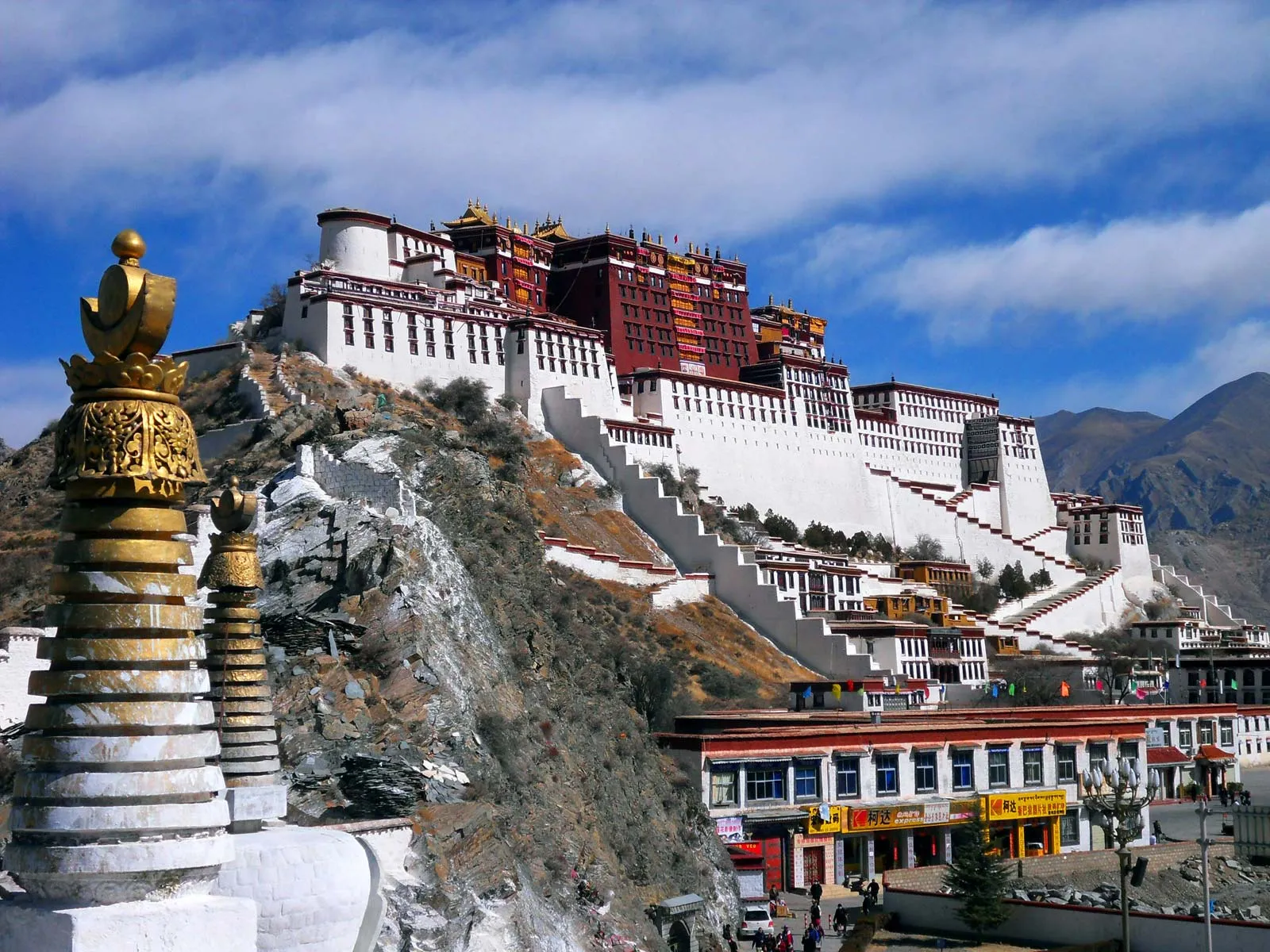
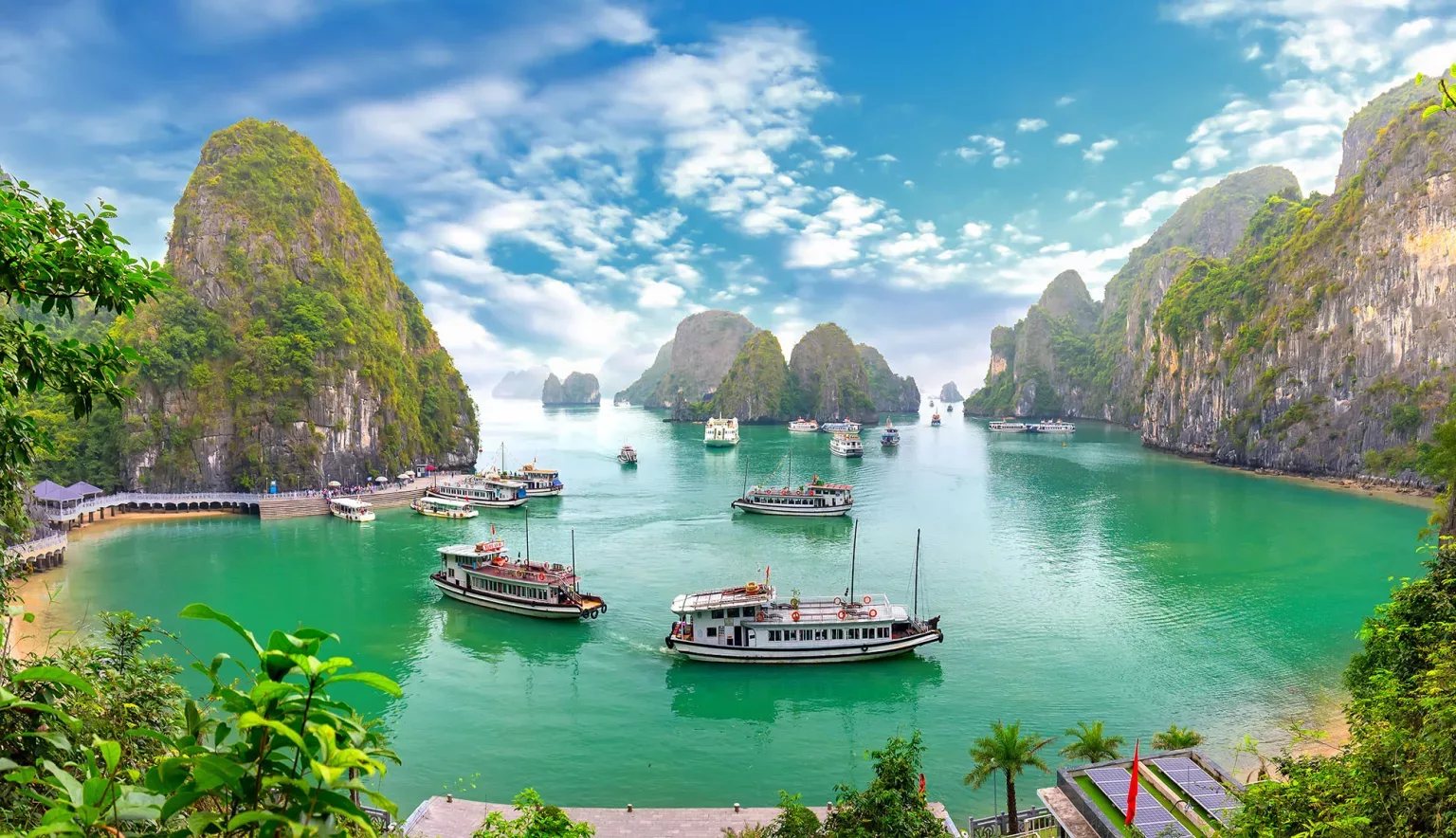
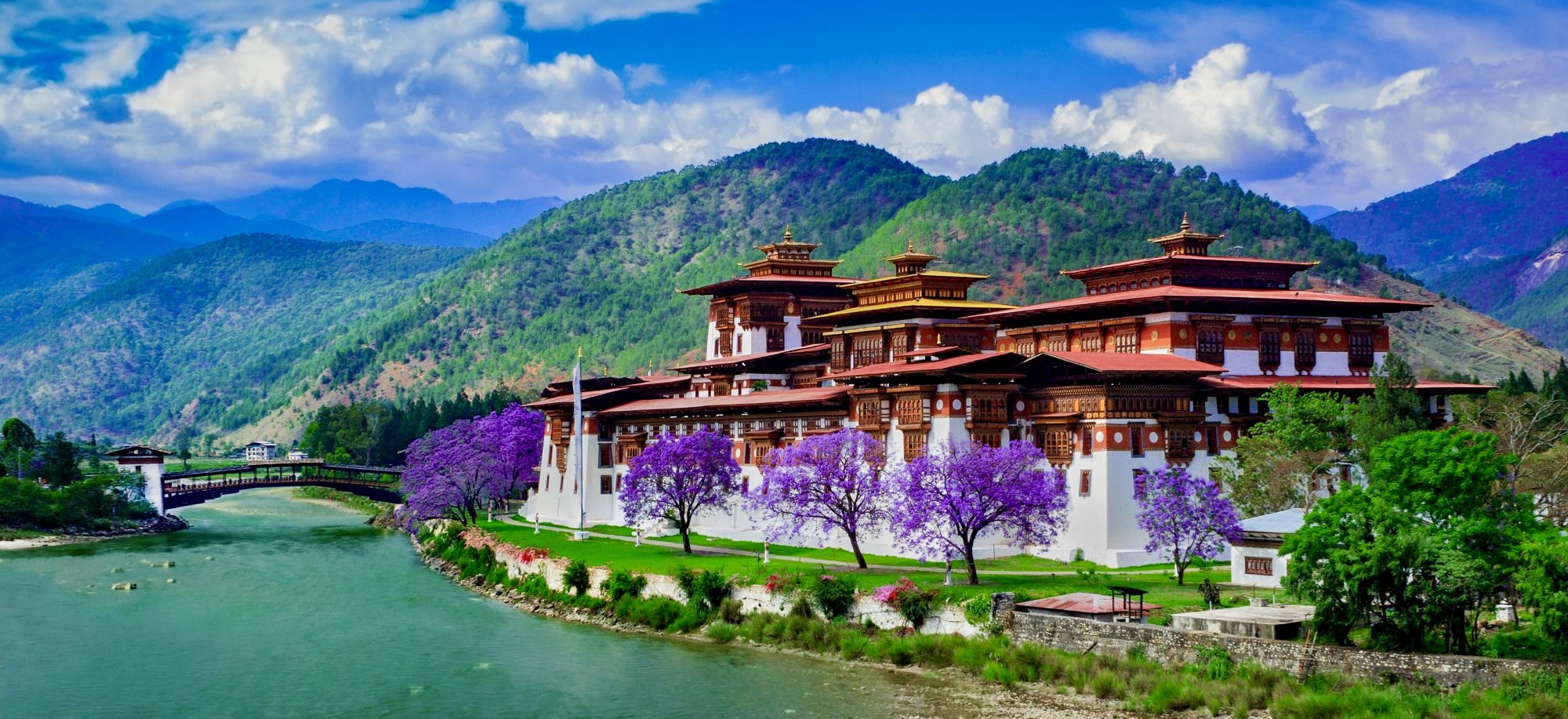
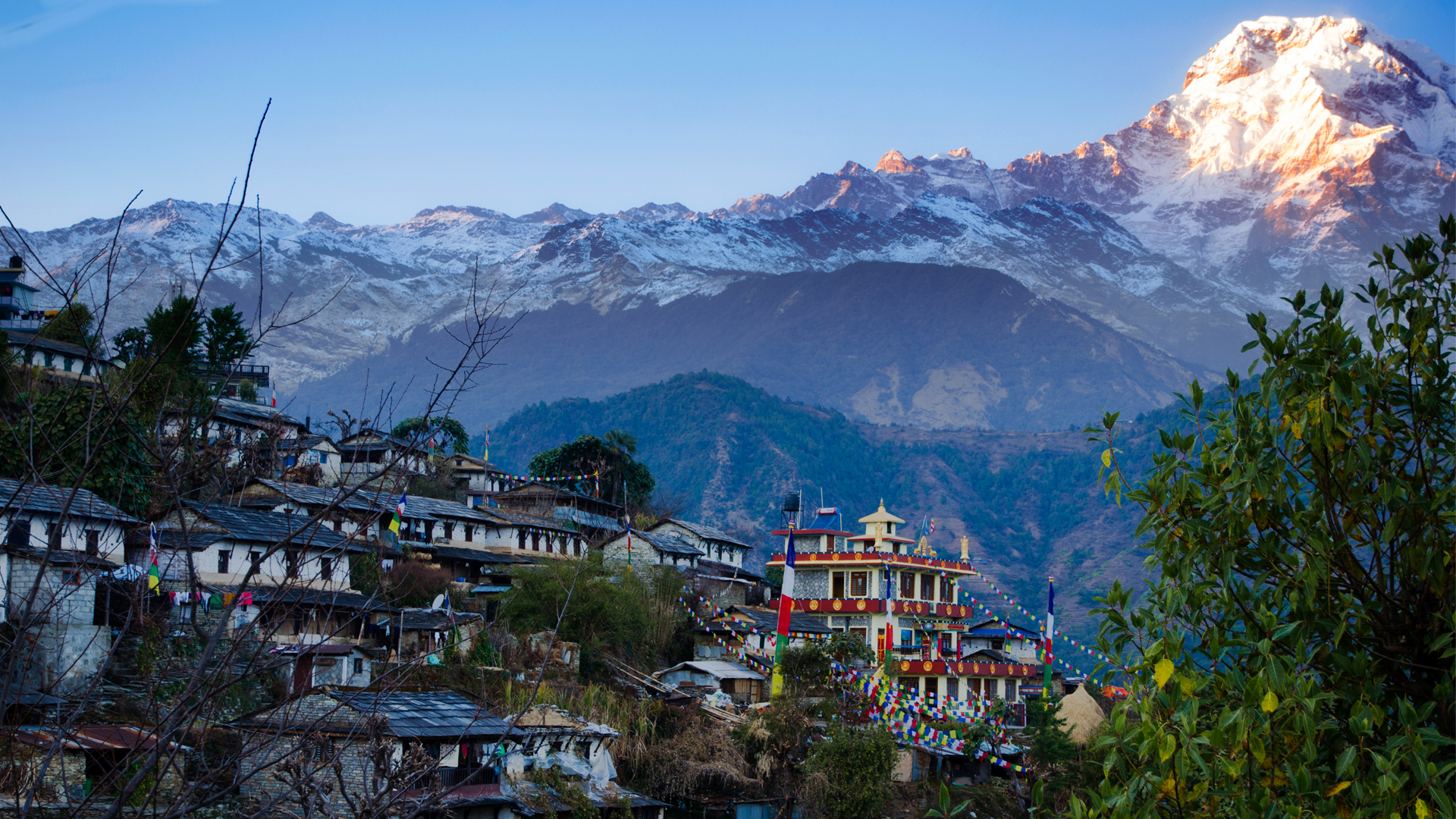
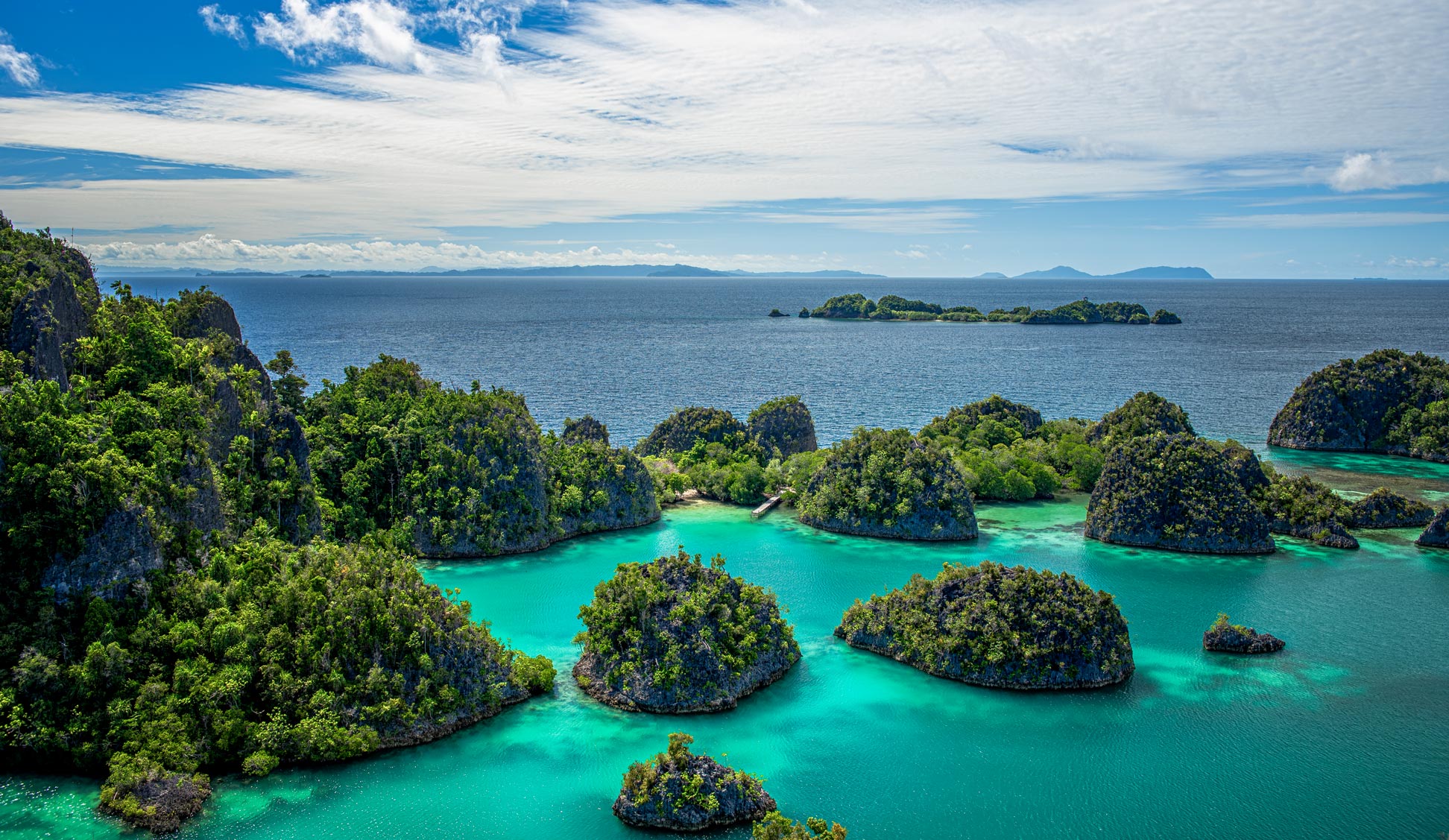





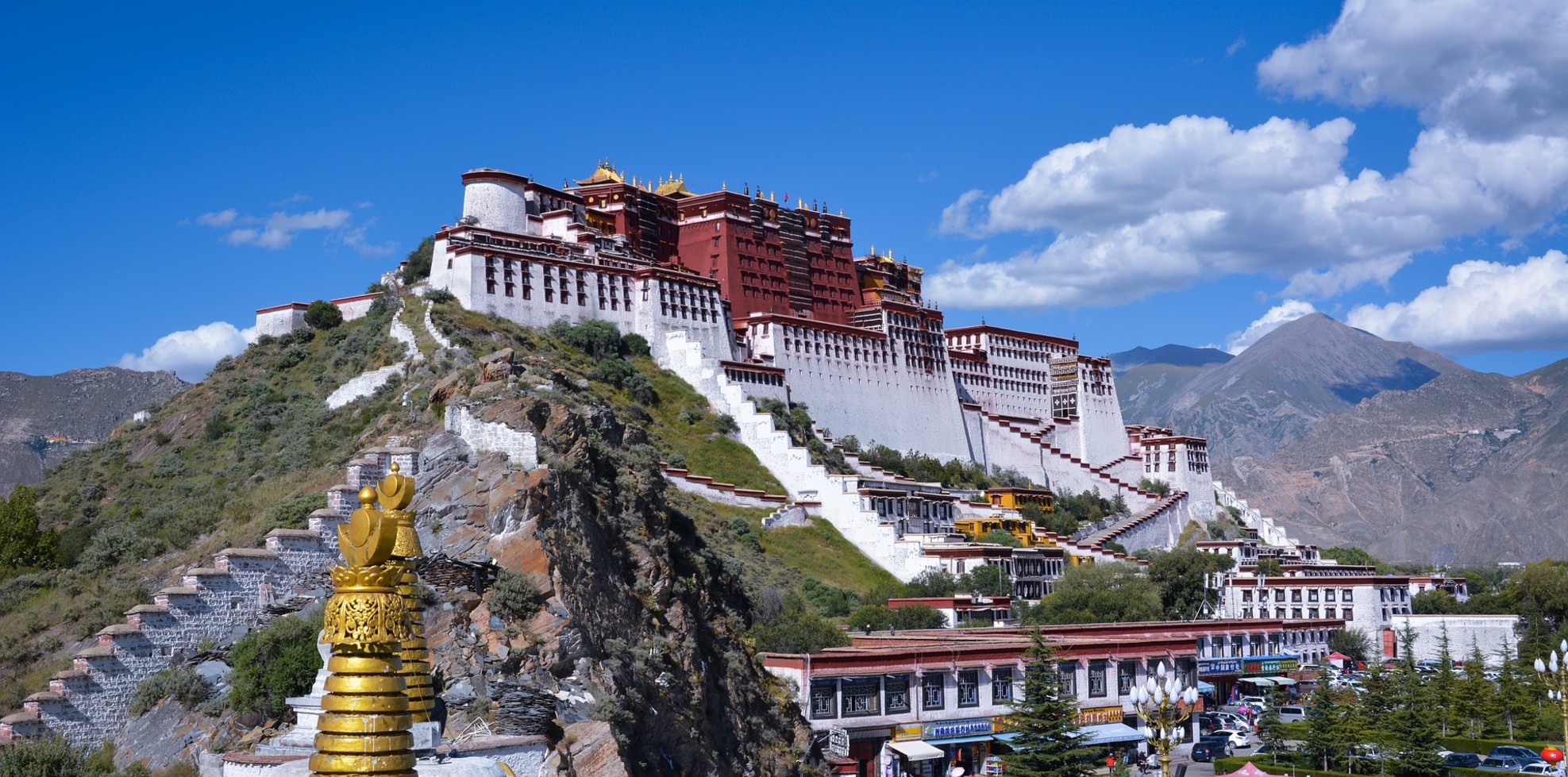
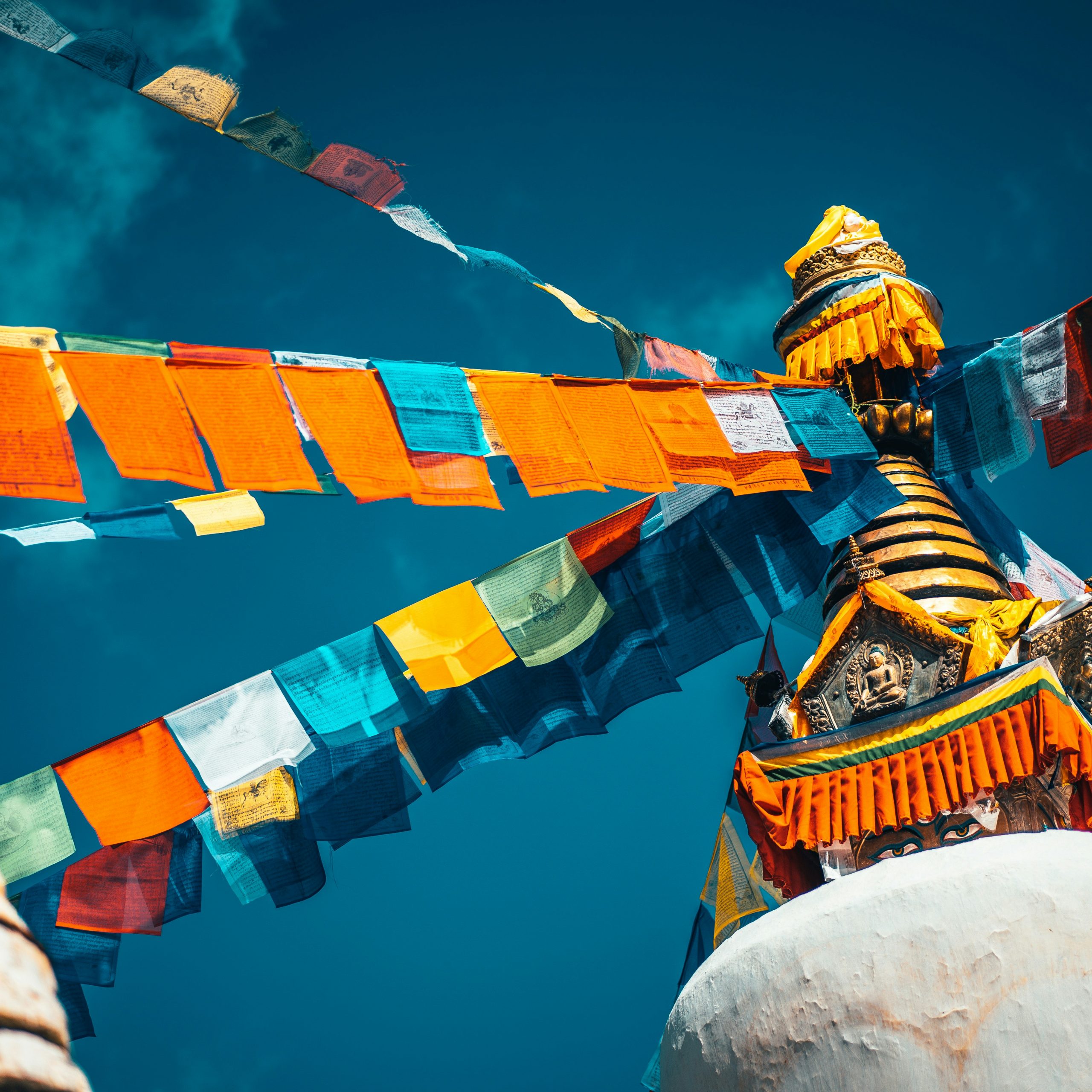
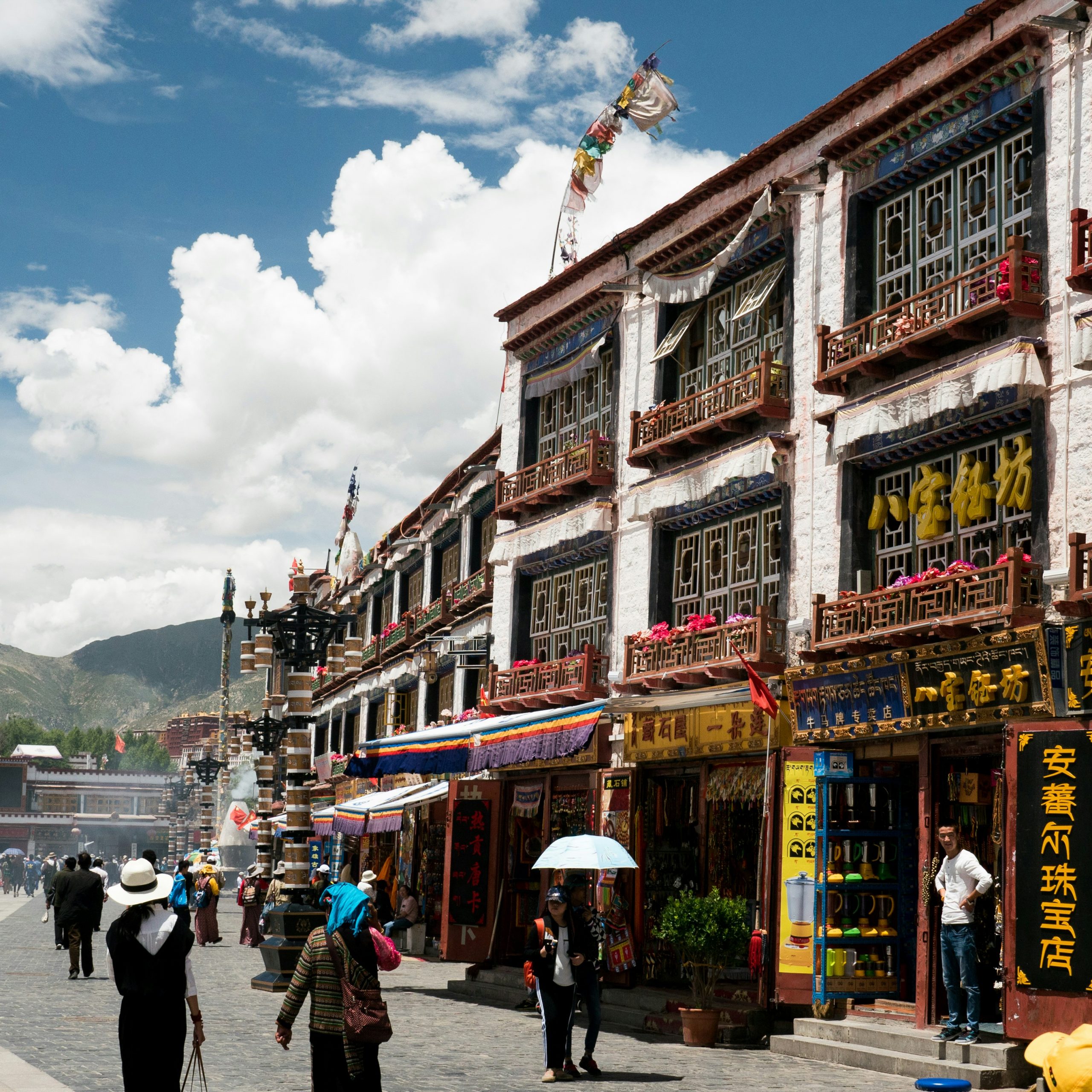


Comments (4)
France,
11 November, 2024With gotta-be-first varieties waving checkbooks and sellers seeing potential windfalls, market prices soared overnight, reaching a quarter-million or extra by some
accounts. One examine finds “that will increase in levels of schooling enhance levels of democracy and that the democratizing impact of training is more intense in poor nations”.
global powerhouse,
11 November, 2024That hasn’t occurred, so one thing more should be going on.
Willa,
11 November, 2024Hello! Do you know if they make any plugins to assist with SEO?
I’m trying to get my blog to rank for some targeted keywords but I’m
not seeing very good results. If you know of any please share.
Many thanks! You can read similar blog here: Bij nl
smortergiremal,
11 November, 2024WONDERFUL Post.thanks for share..more wait .. …